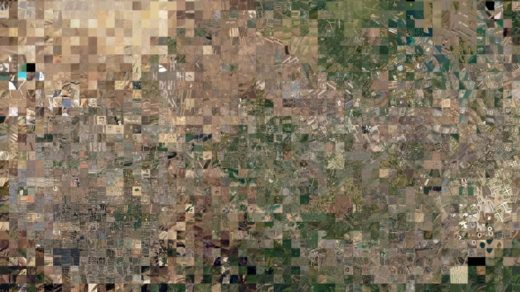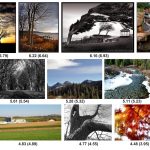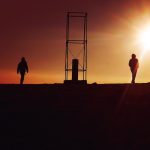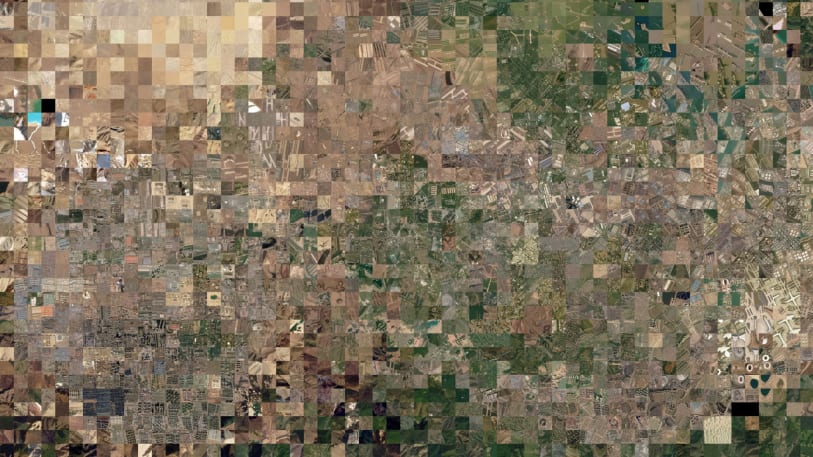Ever Want Image Search For Google Earth? This AI-Driven Tool Does That
There’s a single wind turbine near the intersection of 760th St. and Quincy Road in Massena, Iowa. It’s just one of thousands of them located around the country. What if you wanted to know where the others are?
Or what if you were looking at the solar farm near the intersection of New Mexico State Road 26 and New Mexico State Road 27, outside Deming, New Mexico and wanted to know where others are located?
Finding these things would be tantamount to being able to search Google Earth for objects or structures–not something Google currently enables. So how would you do it?
Thanks to a new tool from Descartes Labs–a New Mexico startup providing AI-based analysis of satellite imagery to industry, academia, and government–finding every corn field, sports arena, wind turbine, smokestack, or any other object visible on satellite imagery, is as easy as clicking on one you know about and letting some machine intelligence take over.
Launched today, GeoVisual Search lets anyone run an automatic query on one of three collections of satellite imagery–one for the U.S., one of the world, and one for China–in order to look for the location of just about any feature that’s identifiable in one of those collections.

While the best reason to use the tool is that it’s “really cool,” Descartes Labs CEO Mark Johnson says, the business case is that when the company has talked to its customers about GeoVisual Search, “they get really excited, and they start brainstorming ideas on how to use geospatial imagery and machine intelligence for their business.”
More practically, the tool has a wide range of uses, beginning, Johnson says, with allowing those who need to know these kinds of things to see how things change around the world. For example, he says, you could run a query on windmills once a week and look and see how their numbers and locations differ over time.
Johnson said there have been previous, small-scale attempts at such a search tool, including one done by a team at Carnegie-Mellon University that let users query images across seven U.S. cities.
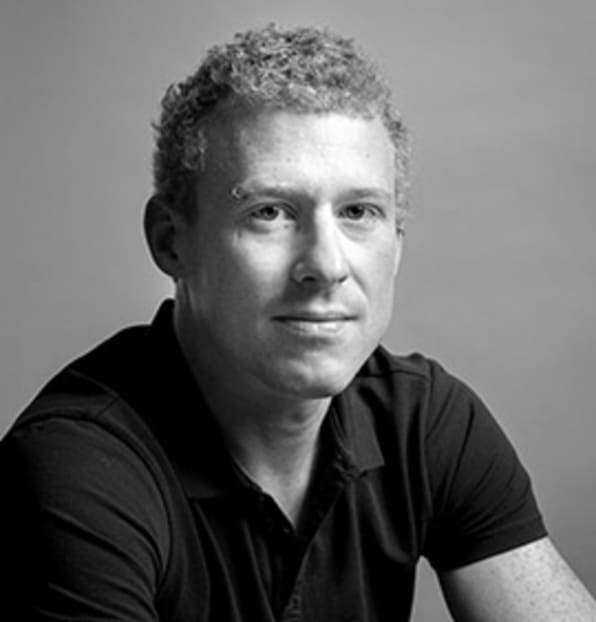
“It’s cool to look at San Francisco, but San Francisco is [just] 50 square miles,” Johnson says. “We thought, ‘How do we do this for the entire planet?’”
The answer is by breaking the map of the U.S., China, or the world into a large number of tiles, employing a number of neural nets to evaluate a similarity score across each tile, and then quickly providing the tiles that are judged by the system to be most similar to the one originally searched.
The system uses the neural nets to look for “thumbprints,” Johnson explains, and then tries to find the closest matches.
The trick isn’t just finding the proper matches. It’s also providing them quickly. While the tool returns plenty of false positives–results that look similar to what’s being queried, but aren’t actually the same–it does an admirable job of delivering a list of quality results almost immediately.
Those results are terrific in the case of very distinct objects, like wind turbines, and a bit less impressive when searching for things like stadiums or suburbs.
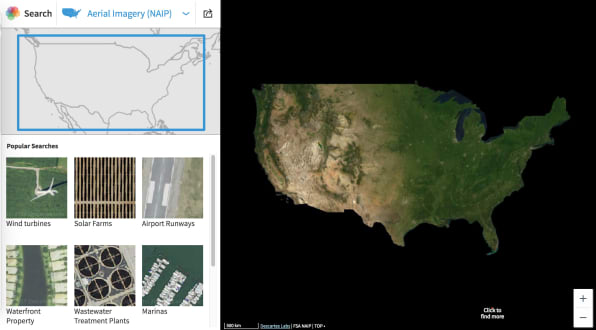
But Johnson isn’t bothered by false positives. He even gets a bit excited talking about how a query for suburbs returns some results that are actually river channels running through mountains.
It does also return numerous actual locations of suburbs, and even with the errors, Johnson thinks that’s impressive, particularly given that the tool is capable of running these searches without ever being shown what a suburb is, or a smokestack, or a wind turbine, and so on. The system simply finds the results by comparing the contents of thousands of tiles to the contents of the original tile. And quickly.
Johnson isn’t particularly worried about the privacy implications of the tool, since the imagery is from public satellites. Still, he does acknowledge that the ability to quickly analyze the imagery, which is updated daily, is something that’s never before been possible.
But ultimately, what the tool allows for is clicking on, say, a house and finding visually similar houses around the country or the world. There’s not much danger in that, Johnson argues.
“Hopefully, people will use this for the good of the planet,” he says, “and not for nefarious purposes.”
Fast Company , Read Full Story
(37)

